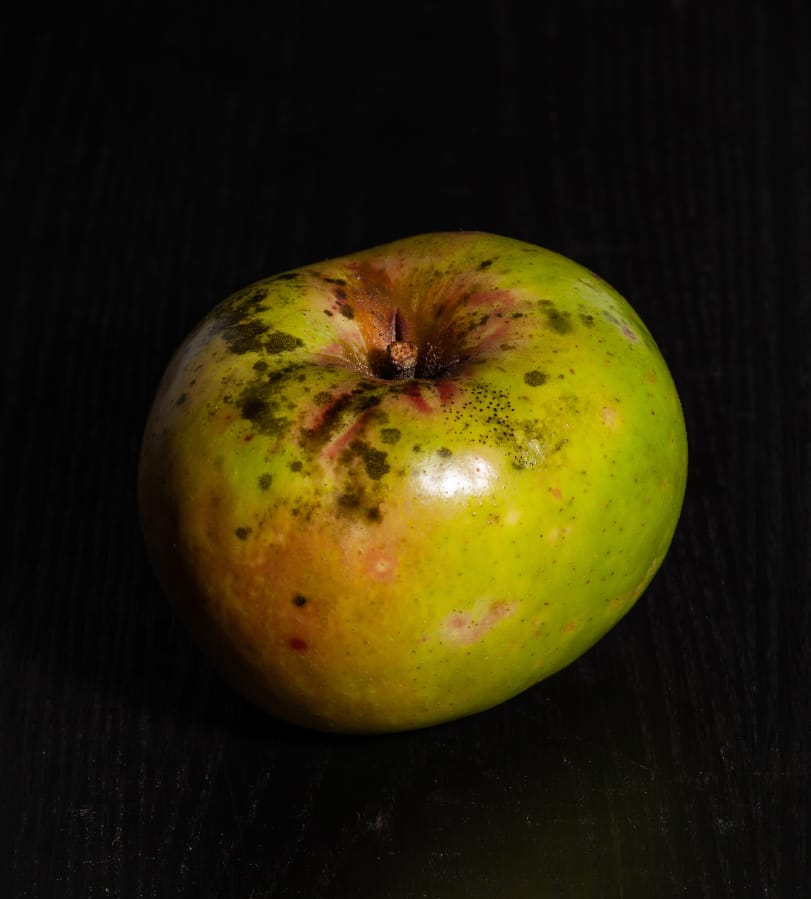Serve with vanilla or salted caramel ice cream.
Adapted from a Ian Rynecki, executive chef at Pippin Hill Farm & Vineyards.
• For the filling
3 pounds Albemarle pippin apples, peeled, cored, cut into 1/2-inch cubes (see headnote)
1/2 cup sugar
2 tablespoons fresh lemon juice
2 tablespoons whiskey
3/4 teaspoon cornstarch
1/2 teaspoon kosher salt
1/2 teaspoon freshly grated nutmeg
• For the topping
11/2 cups flour
1/4 cup plus 2 tablespoons sugar
2 teaspoons baking powder
3/4 teaspoon kosher salt
9 tablespoons (1 stick plus 1 tablespoon) chilled unsalted butter, cubed
3/4 cup milk
For the filling: Preheat the oven to 400 degrees.
Toss the cubed apples with the sugar, lemon juice, whiskey, cornstarch, salt and nutmeg in a mixing bowl so the apples are well coated. Pour the apple mixture into a glass or ceramic 9-by-13-inch baking dish or divide among three- or four-inch ramekins set on a baking sheet. Bake (middle rack) for 10 minutes then remove from the oven.
Meanwhile, make the topping: Combine the flour, sugar, baking powder and salt in a food processor; pulse a few times to incorporate. Add the butter; pulse just until the butter has been reduced to pea-size pieces and is evenly coated, then transfer to a mixing bowl. Use a fork to stir in milk until the mixture just comes together to form a slightly sticky dough. (Alternatively, you can assemble the topping by hand.)
Distribute rounded-tablespoon clumps of the dough on top of the cobbler filling; the dough should cover most of the fruit, but there will be small, open pockets here and there. Make sure to leave a small hole in the center so steam can escape.
Return the baking dish to the oven; bake for 25 minutes, or until golden brown on top and bubbling. Check the topping with a cake tester; it will be ready when the tester comes out clean.



